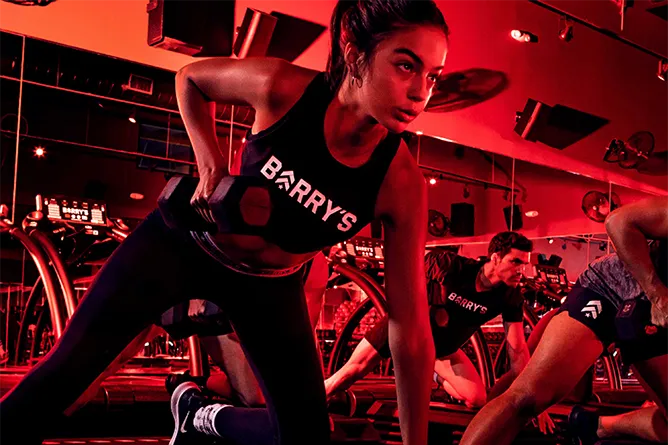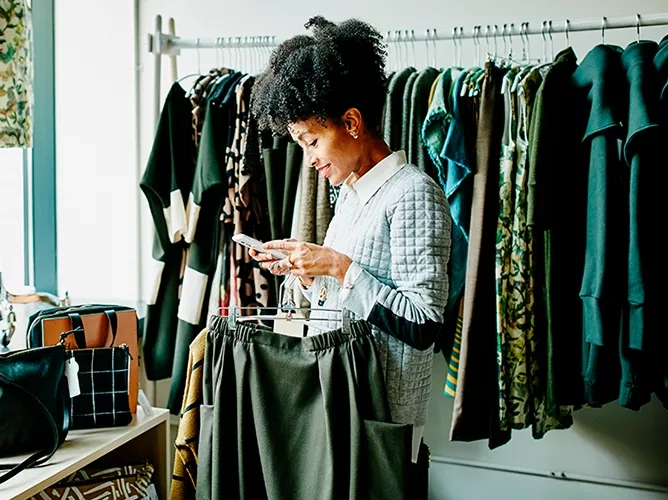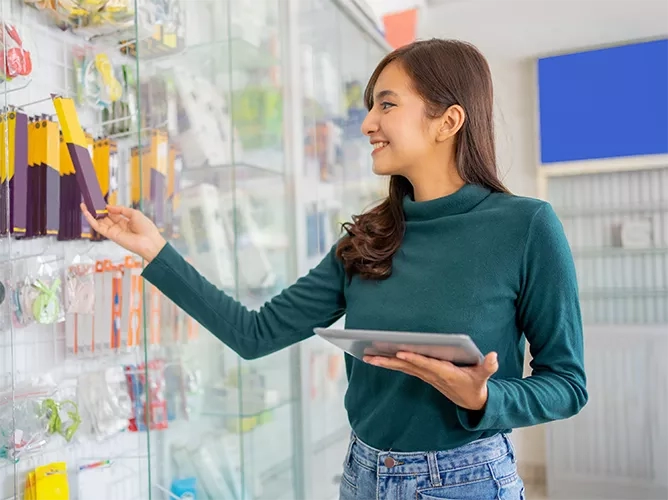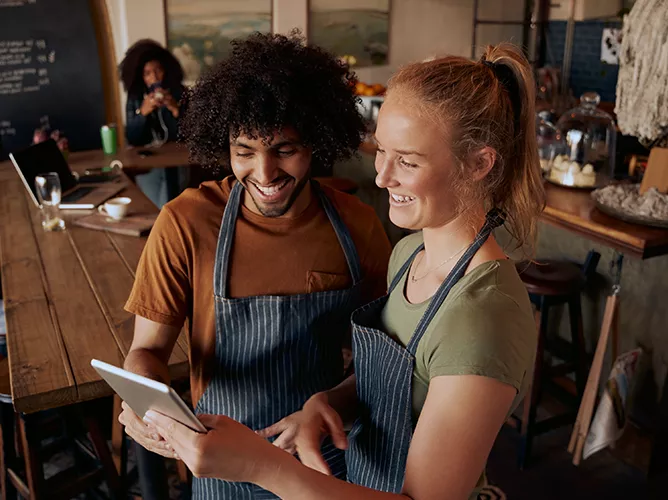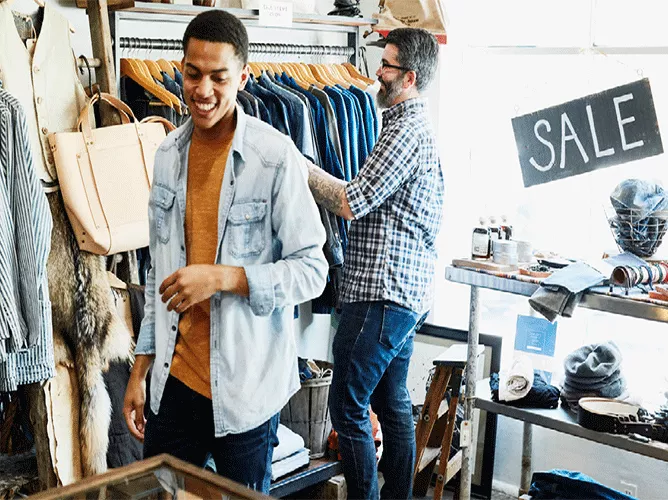By: Heidi Boucher, Katheryn Stanwick and Erica Susi
Published: June 25, 2024 | Updated: June 25, 2024
Read time: 7 minutes
Introduction
As inflation continues and wages rise, many restaurants are passing higher costs onto customers. To engage guests, restaurants will lean more heavily on their loyalty programs.
A well-designed loyalty program is a win-win, providing guests with value and brands with the opportunity to grow their business.
According to a recent Forrester Consulting study, commissioned by Mastercard, brands that have well-developed loyalty programs are more likely to acquire and retain customers. In fact, those that follow loyalty best practices are 1.6 times more likely to experience double digit revenue growth.
It’s clear loyalty programs are very important. But how can you best make use of them? Let’s dive into restaurant loyalty program best practices and the latest trends.
- Table of Contents
- The best restaurant loyalty programs
- Trend 1: Frictionless experiences continue to be vital
- Trend 2: New ways emerge to provide value beyond the dollar
- Trend 3: Gamification efforts level up
- Trend 4: Hyper-personalization is becoming an expectation
- Trend 5: The rise of aggregators
- Trend 6: Subscription models are growing
- Conclusion
The best restaurant loyalty programs
What makes a great restaurant loyalty program?
The best restaurant loyalty programs deliver a strong value exchange through customer recognition, personalization, emotional fulfillment and a sense of community. When joining a loyalty program, customers are provided with a compelling reason to consistently engage.
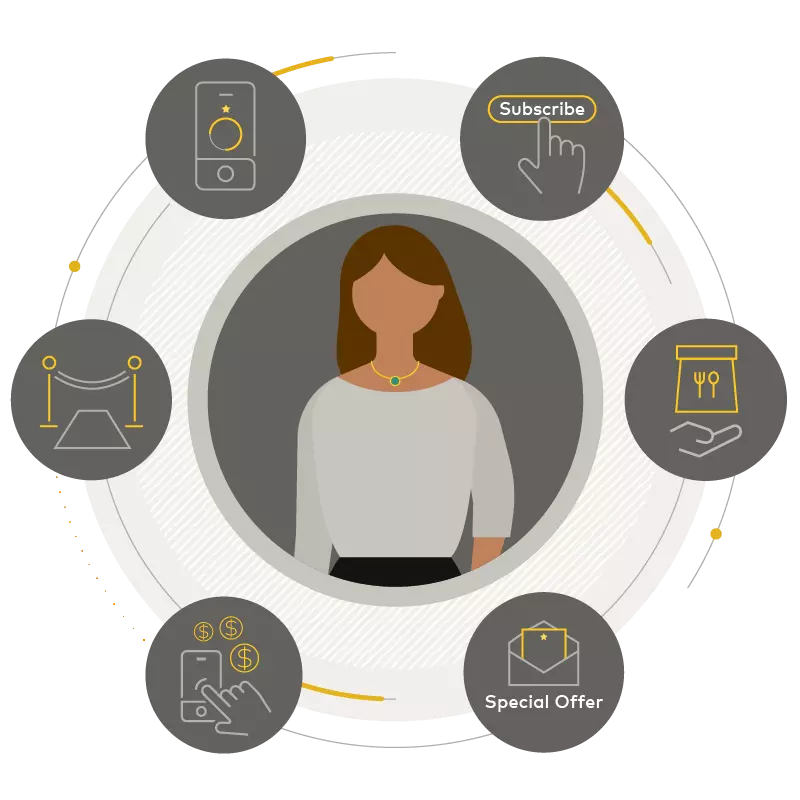
But the work doesn’t stop after you’ve built a successful restaurant loyalty program. Restaurants should continue evolving — or even rebooting — their loyalty programs to find ways to improve.
For example, Domino’s relaunched their rewards program which strengthened sales in the U.S. After the launch, active member growth rates became significantly higher, bringing back lapsed customers and encouraging diners whose usage had become light. This goes to show the value in consistently evaluating your program.
Restaurant loyalty compared to other industries
The evolution of loyalty programs is a theme for restaurants and can also be seen in other industries. As Eloisa Garcia Lobato, head of Loyalty Partnerships at Viva Aerobus, shared in a recent interview, “You will always find opportunities to enhance.”
Across industries, companies are transforming their programs to create not just a transactional experience, but a real emotional connection with customers.
Airline loyalty
Like the airline industry, restaurant loyalty programs operate in a complex ecosystem. Brands in these industries have to consider their own unique partnerships, whether that’s between airline and redemption partners or other restaurants and 3rd party aggregators.
Retail loyalty
Brands are interested in personalizing benefits for different customer segments. Offering customized rewards can help engage a wide range of customers and maximize success.
For example, in retail, although a buy-one-get-one (BOGO) promotion may work for some guests, others may be more motivated by VIP experiences, such as free valet parking, holiday gifts or event passes.
The same is true for restaurant guests. Restaurants can take note of luxury retailers, who have historically done well offering exclusive perks while balancing discounts and promotions. Both retailers and restaurants should ensure new rewards align with their overall brand strategy to maximize loyalty and maintain authenticity.
Trends in restaurant loyalty programs
A great customer experience encourages customers to be loyal.
From convenience and value to the rise in aggregators and subscription models, the following section highlights the latest restaurant loyalty trends and examples from leading brands.
Trend 1: Frictionless experiences continue to be vital
Consumers want easy, frictionless experiences across channels.
This preference has increased brands’ use of mobile apps, which offer a more seamless way to place orders, earn points and redeem rewards. Through mobile apps, restaurants can also tap into more customer-consented data, which fuels the personalized experiences that consumers love.
The SMS channel has also grown. Duck Donuts, for example, introduced a new SMS rewards program, “QuackChat,” which lets users save offers to their digital wallets. The program is an innovative approach to interacting with members more seamlessly.

Some brands are improving redemption with an emphasis on convenience. At Dairy Queen, guests can collect their rewards by selecting “redeem” on their mobile app and presenting the code to the cashier. At Dunkin’, members can scan a QR code to redeem in-store or apply rewards to mobile orders.
Takeaway: Loyalty stems from seamless experiences across touchpoints.
- Customer story
With support from Mastercard SessionM and Marketing Services, a multinational quick-service restaurant launched an easy-to-understand loyalty program allowing guests to engage in touchpoints online and in-store. The program appealed to consumers’ desire for a seamless and convenient experience, enrolling over 20 million members within the first year.
Trend 2: New ways emerge to provide value beyond the dollar

Inflation is easing, but customers still want great value from the restaurant brands they engage with. They want exclusivity and recognition for being loyal customers.
Point-based programs have historically been the norm in the restaurant industry, so there’s an opportunity to stand out by using other types of rewards. Wayback Burgers launched a new and improved rewards program with a members-only secret menu, combining simplicity and exclusivity for its members. Subway introduced a tiered loyalty program where the top tiers have access to special merchandise and members-only VIP exclusives.
Examples like these show that brands can explore ways to capture customers' attention and share-of-wallet by providing value beyond the dollar.
Takeaway: Explore unconventional ways to add value for your customers.
- Customer story
A leading fast-casual restaurant chain worked with Mastercard Loyalty Consulting to refine its loyalty program with new design tactics, driving over $150 million in incremental revenue in year one.
Trend 3: Gamification efforts level up
Gamification uses elements of gaming like completing missions and earning points to make it fun for consumers to engage with a brand.
Restaurants are using this tactic to generate excitement around new seasons, celebrate holidays and connect with guests:
- Starbucks began the spring season with a virtual scavenger hunt featuring its new lavender drinks. Customers who found the lavender themed items in the virtual map earned a reward.
- Chipotle introduced their 'Burrito Vault’ game to celebrate National Burrito Day, rewarding customers who accurately guessed the vault combination.
- Wow Bao launched a virtual experience within Roblox, an online game platform, to introduce new customers to the brand with exclusive rewards.

The most successful gamification programs strike a balance between simple participation, active and consistent brand engagement and competition. To ensure gamification strategies are driving the desired results, restaurants should continually measure the impact.
Takeaway: Gamification is effective at increasing consumer engagement.
- Customer story
One brand in the Europe, Middle East and Africa region used Mastercard Test & Learn® to measure the impact of allowing their loyalty program customers to play a game and win rewards. The analysis found that the gamified approach drove a 4.8% lift in traffic.
Trend 4: Hyper-personalization is becoming an expectation
Consumers are surrounded by extreme personalization in their everyday lives.
How can restaurants stand out from the rest to meet consumer expectations and stay relevant?
The answer is smart personalization informed by a deep understanding of consumer preferences and behavior. This type of personalization helps brands deliver more memorable experiences, exciting offers and relevant recommendations.
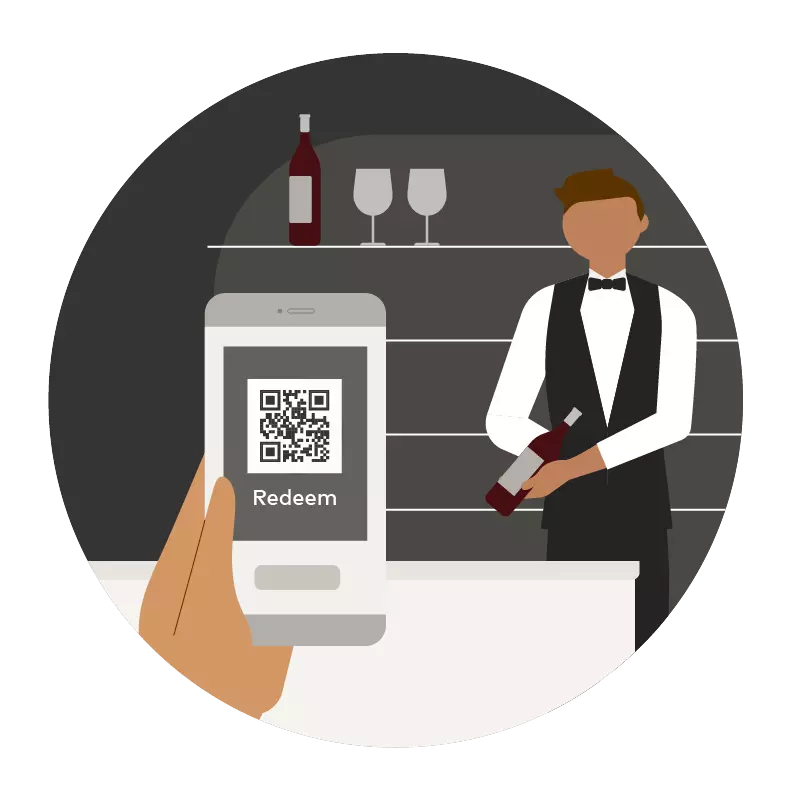
Customers are more willing to share information with brands when receiving something valuable in return, such as increased personalization. Here’s how some brands are optimizing the experience:
- Dave & Buster’s is using consumer data to tailor their service approach and provide a more satisfying in-store experience that meets the specific needs of different customer segments.
- Panera is increasing personalization for loyalty members where in-store employees can now greet guests by name and see their order history.
Takeaway: The more understood customers feel, the more likely they are to stay.
- Customer story
Dynamic Yield built intelligent algorithms specifically for McDonald’s, allowing them to better optimize recommendations across digital menu boards and generate increases in check size. Over the years since, McDonald’s has scaled the deployment of Dynamic Yield in drive-thrus and in-store kiosks across several global markets.
Trend 5: The rise of aggregators
In the restaurant space, aggregators are platforms that facilitate digital orders including pick-up and delivery. Major players include DoorDash, UberEats or GrubHub.
Since customers view delivery as the ultimate convenience, restaurants need to navigate partnerships with aggregators to reach new customers — all while protecting margins, controlling the guest experience and gathering customer-consented insights.
Before proceeding with any new strategy, restaurants should evaluate how the aggregator aligns with their business goals.
In some instances, brands may even want to own the end-to-end relationship, boosting margins and collecting more customer-consented data. For example, Inspire Brands bought delivery tech firm Vromo, echoing a similar move made by Yum Brands to reclaim delivery margin from aggregators. With this move, Inspire looks to increase profitability of their delivery channels.
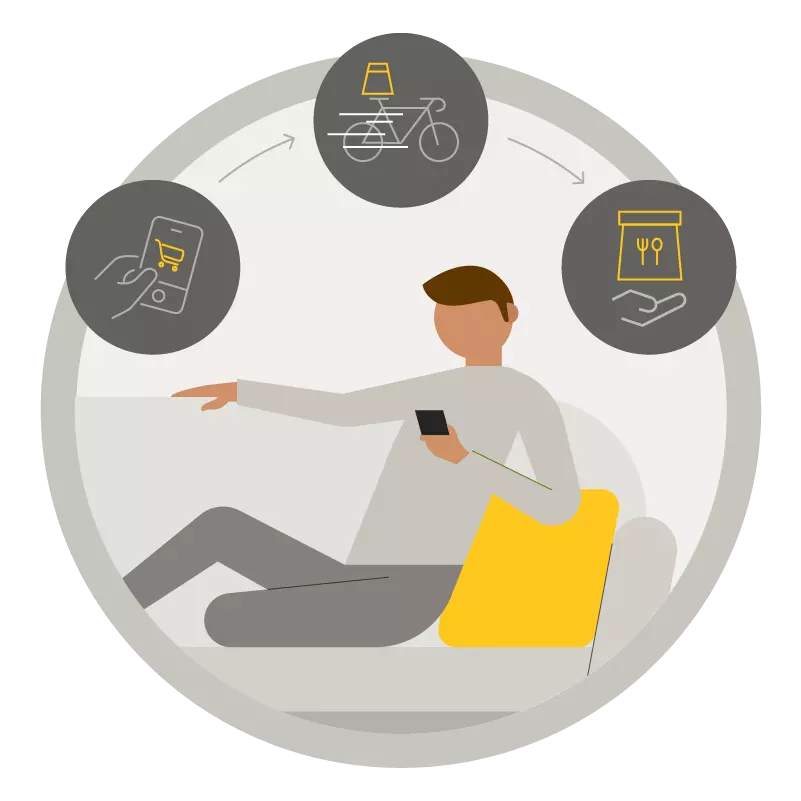
Takeaway: Restaurants should evaluate their aggregator partnership strategy to improve customer relationships and grow revenue.
- Customer story
Mastercard recently worked with Checkers to understand the impact of introducing e-commerce vendors for delivery orders. Using the Test & Learn® business experimentation platform, Checkers accurately evaluated the initiative and found that the new vendors drove nearly a double digit increase in e-commerce sales. Roughly half of the sales increase was incremental, whereas the other half was cannibalized from on-premise sales.
Trend 6: Subscription models are growing
Many consumers are interested in joining a loyalty subscription program for perks like cost savings, convenience and exclusive benefits.
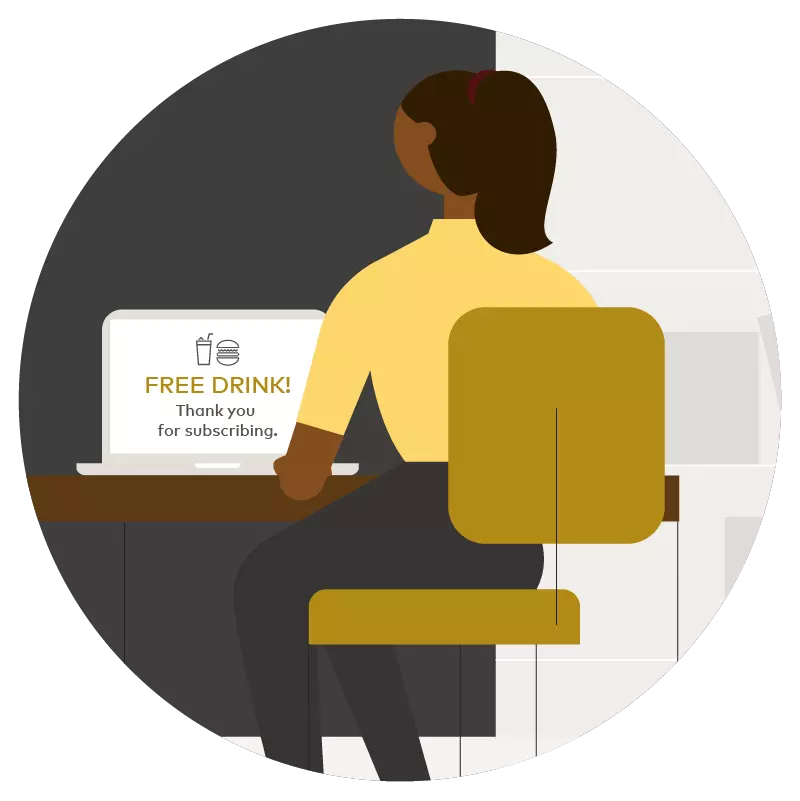
Restaurants are equally interested in introducing subscription models to extend relationships with guests and generate a recurring revenue stream that incentivizes habitual visits, drives incremental sales and unlocks additional consumer data.
For example, Panera’s Sip Club has a seamless process where customers can order their free drink, grab a cup, and fill it — all without having to interact with a Panera employee. To further grab potential new customers, Panera typically offers a free trial, so customers have time to build this into their daily routine.
Takeaway: Loyalty subscription models are likely to continue to see growth with advantages for both consumers and brands.
Conclusion
Loyalty programs can be a win-win for both guests and the brand. To ensure restaurant loyalty programs are a success, brands should pay attention to the latest trends:
- Seamless and personalized experiences
- Value beyond the dollar
- Engagement driven by gamification
- Increased personalization
- Partnerships with food delivery services
- Subscription models
How can your restaurant introduce new strategies to navigate these trends?
Mastercard works with restaurants to develop loyalty strategies that drive stronger customer relationships. Our loyalty strategic services include program design, diagnostic services, customer journey mapping, along with loyalty platform offerings. To learn more, request a demo.
